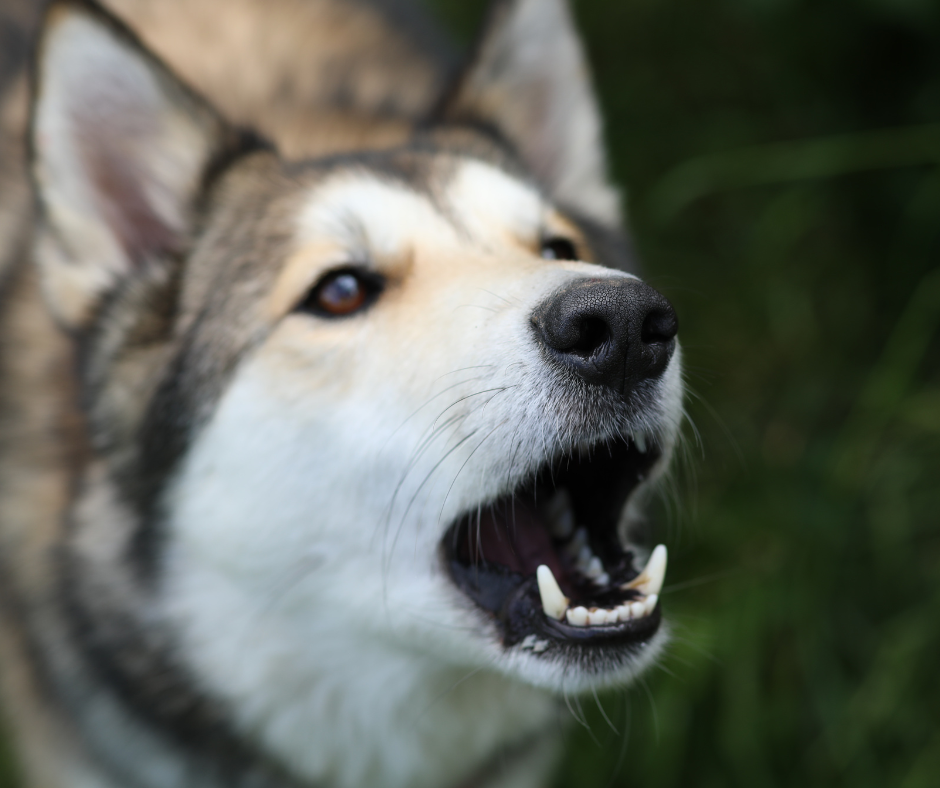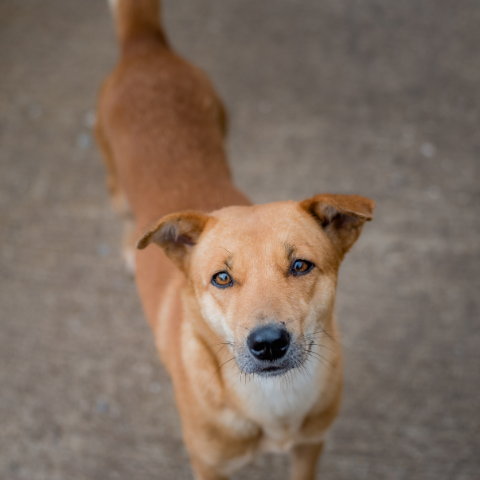Engaging Activities to Enjoy with Your Dog
Dogs are not just pets; they are loyal companions and beloved family members. Engaging in activities with your dog not only strengthens your bond but also ensures that your furry friend remains healthy and happy. Whether you have a high-energy breed or a more laid-back pooch, there are countless ways to enjoy time together. Here are some diverse and enjoyable activities you can do with your dog.
- Daily Walks
Walking is one of the simplest yet most beneficial activities for dogs. It provides exercise, mental stimulation, and an opportunity to explore new scents and sights. Daily walks help maintain your dog’s physical health, reduce behavioral problems, and strengthen your bond. Vary your routes to keep the experience fresh and exciting for your pet.
- Hiking Adventures
For dogs that love the outdoors, hiking can be an exhilarating activity. Trails offer varied terrain that can challenge your dog physically and mentally. Before heading out, ensure the trail is dog-friendly and check the weather. Pack essentials like water, a collapsible bowl, and waste bags. Remember, safety first – keep your dog on a leash if the area is unfamiliar or if there’s wildlife around.
- Playing Fetch
Fetch is a classic game that most dogs adore. Whether you’re in a park or your backyard, a simple game of fetch can provide immense joy and exercise for your dog. Use a ball, frisbee, or a favorite toy. For high-energy breeds, this activity helps burn off excess energy and can be a great way to practice obedience commands like “sit” and “stay.”
- Agility Training
Agility training involves navigating an obstacle course that includes tunnels, jumps, weave poles, and more. This activity is excellent for energetic and intelligent dogs, offering physical exercise and mental stimulation. Many local parks or dog training centers have agility equipment, or you can set up a simple course in your backyard. Agility training not only keeps your dog fit but also builds confidence and strengthens your bond through teamwork.
- Swimming
Many dogs love to swim, and it’s a fantastic low-impact exercise, especially for dogs with joint issues. Whether at a dog-friendly beach, lake, or pool, swimming can help your dog stay cool and fit. Always supervise your dog around water, ensure they can safely enter and exit, and be mindful of currents or deep water if your dog is not a strong swimmer.
- Dog Parks
Visiting a dog park allows your dog to socialize with other dogs and engage in off-leash play. It’s a great way for them to burn energy, learn social skills, and have fun. Make sure your dog is well-behaved and comfortable around other dogs before visiting. Also, adhere to park rules and keep an eye on your dog to prevent any aggressive behavior or rough play.
- Obedience Training
Training sessions are a great way to engage with your dog and improve their behavior. Basic commands like “sit,” “stay,” “come,” and “leave it” are essential for safety and good manners. Positive reinforcement techniques, such as treats and praise, can make training a fun and rewarding experience for both of you. Advanced training can include tricks and more complex commands, providing ongoing mental stimulation for your dog.
- Canine Sports
If your dog enjoys structured activities, consider participating in canine sports like flyball, dock diving, or disc dog. These sports offer high-energy fun and a sense of accomplishment. Many communities have clubs or organizations that host events and competitions. Canine sports not only provide physical exercise but also foster a sense of teamwork and communication between you and your dog.
- Scent Work
Dogs have an incredible sense of smell, and scent work taps into this natural ability. Activities like hide and seek or nose work can be done at home with minimal equipment. Start by hiding treats or toys and encouraging your dog to find them. This activity provides mental stimulation and can be particularly rewarding for breeds with a strong sense of smell, like Beagles or Bloodhounds.
- Interactive Toys and Puzzles
Interactive toys and puzzles can keep your dog entertained and mentally engaged, especially when you’re busy or away. Toys like treat-dispensing balls, puzzle feeders, and interactive plush toys challenge your dog to think and solve problems to get a reward. These toys can help alleviate boredom and prevent destructive behaviors.
- Dog-Friendly Events and Outings
Many communities host dog-friendly events such as pet fairs, dog parades, or “yappy hours.” These events are great opportunities for socialization and can be a fun outing for both you and your dog. Additionally, many cafes and restaurants offer dog-friendly patios, allowing you to enjoy a meal together.

- Camping Trips
Camping can be a wonderful way to spend quality time with your dog in nature. Ensure the campsite is dog-friendly and pack essentials like food, water, a bed, and a leash. Enjoy hiking, swimming, and exploring the great outdoors together. Camping allows for uninterrupted bonding time and creates lasting memories.
- Grooming Sessions
While grooming might not seem like an activity, it’s an excellent way to bond with your dog. Regular brushing, bathing, and nail trimming keep your dog looking and feeling good. Make grooming a positive experience by rewarding your dog with treats and praise. This routine can also help you check for any health issues like skin problems or parasites.
- Therapeutic Activities
Some dogs, especially those with anxiety or mobility issues, benefit from therapeutic activities like massage, acupuncture, or hydrotherapy. These activities can improve your dog’s physical and mental well-being. Consult with your veterinarian to find appropriate therapies for your dog’s specific needs.
- Volunteering Together
Many organizations welcome volunteer dogs for activities like visiting nursing homes, hospitals, or schools. If your dog has a calm and friendly temperament, they might be a good candidate for therapy dog work. Volunteering together can be incredibly rewarding and provides social interaction and mental stimulation for your dog.
Conclusion
Spending quality time with your dog through various activities enriches both your lives. From daily walks to specialized sports, each activity offers unique benefits that cater to different aspects of your dog’s physical and mental health. The key is to find activities that suit your dog’s personality and energy level. Engaging in these activities strengthens your bond, keeps your dog happy and healthy, and creates wonderful memories that will last a lifetime. So, grab your leash, pack some treats, and start exploring the world with your furry friend!
Continue reading






















